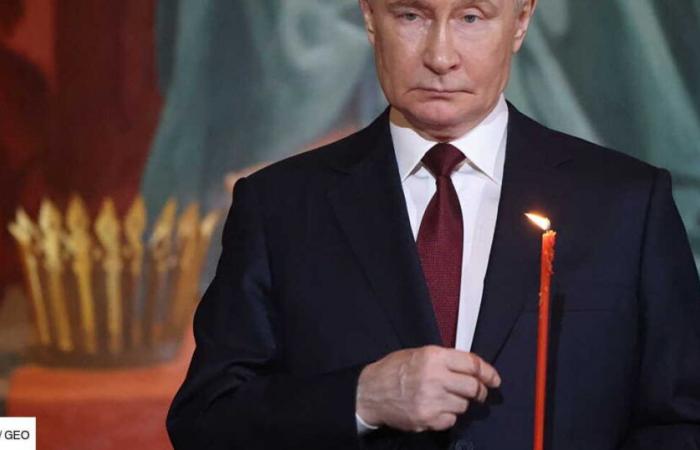Since the start of the invasion of Ukraine in 2022, the Russian economy has surprised many experts by managing to maintain themselves beyond severe contraction forecasts. From the first year of the conflict, a fall in GDP was expected to reach 15%, but the reality was very different, with a modest reduction of 1.4%.
In 2023 and 2024, growth even accelerated, reaching 4.1% and then 4.3%. Now the dynamics are reversed. According to a latest growth index published by Goldman Sachs, and relayed on Sunday April 27 by The Economistthe Russian economy is experiencing a marked slowdown. “”Since the end of last year, the annual GDP growth of Russia has dropped by about 5% to zero“, Specifies the analysis.
For its part, the Central Bank of Russia admitted a drop in certain sectors, justified by the ” fall in demand“. Even if the government remains cautious, it recognizes, by this admission, the deterioration of its economic situation.
Ukraine – Russia: War military planes
A deeply transformed economy
Since 2022, the Russian economic model has been transformed under the pressure of war, becoming an economy either turned towards the West, but oriented towards the East, devoted to armaments and more focused on exchanges with China and India. “”This adjustment is now over“, Assured the Russian central bank, stressing that massive investments in industrial transformation and military infrastructure has reached their culmination. Russia now seems to slow down these expenses to allow more sustainable growth.
In this sense, Julian Cooper, analyst at the International Peace Research Institute in Stockholm, estimates with The Economist that military spending in 2025 should grow barely 3.4%, a drastic slowdown compared to the increase of 53% observed the previous year.
Vulnerable to fluctuations in world prices
In recent months, strict monetary policy and persistent inflation has weighed on the local economy. Since the beginning of 2024, inflation remains well above the 4%central bank target. Prices have even jumped more than 10% since this month of February. In response, the highest monetary authority maintains its interest rate at 21%, the highest since the 2000s. Although this measure contributes to stabilizing the ruble and slowing down inflation, it also leads to a drop in consumption, the Russians preferring to save rather than spend.
These internal challenges are also exacerbated by a deterioration of external conditions. The intensification of the trade war with the United States, the decline in forecasts for global growth, with a reduction in growth expectations for China, the largest trading partner in the country of Vladimir Putin, and the fall in oil prices have plunged Russia into an even more complex situation.
Exports of this precious mineral oil decreased, resulting in a 17% drop in tax revenue from the gas and oil sector in March. “”Trump’s support is now counterbalanced by the trade war that hit the Russian economy hard“underlines an analyst in the columns of The Economistwhile the Kremlin is thus taken in vice.








